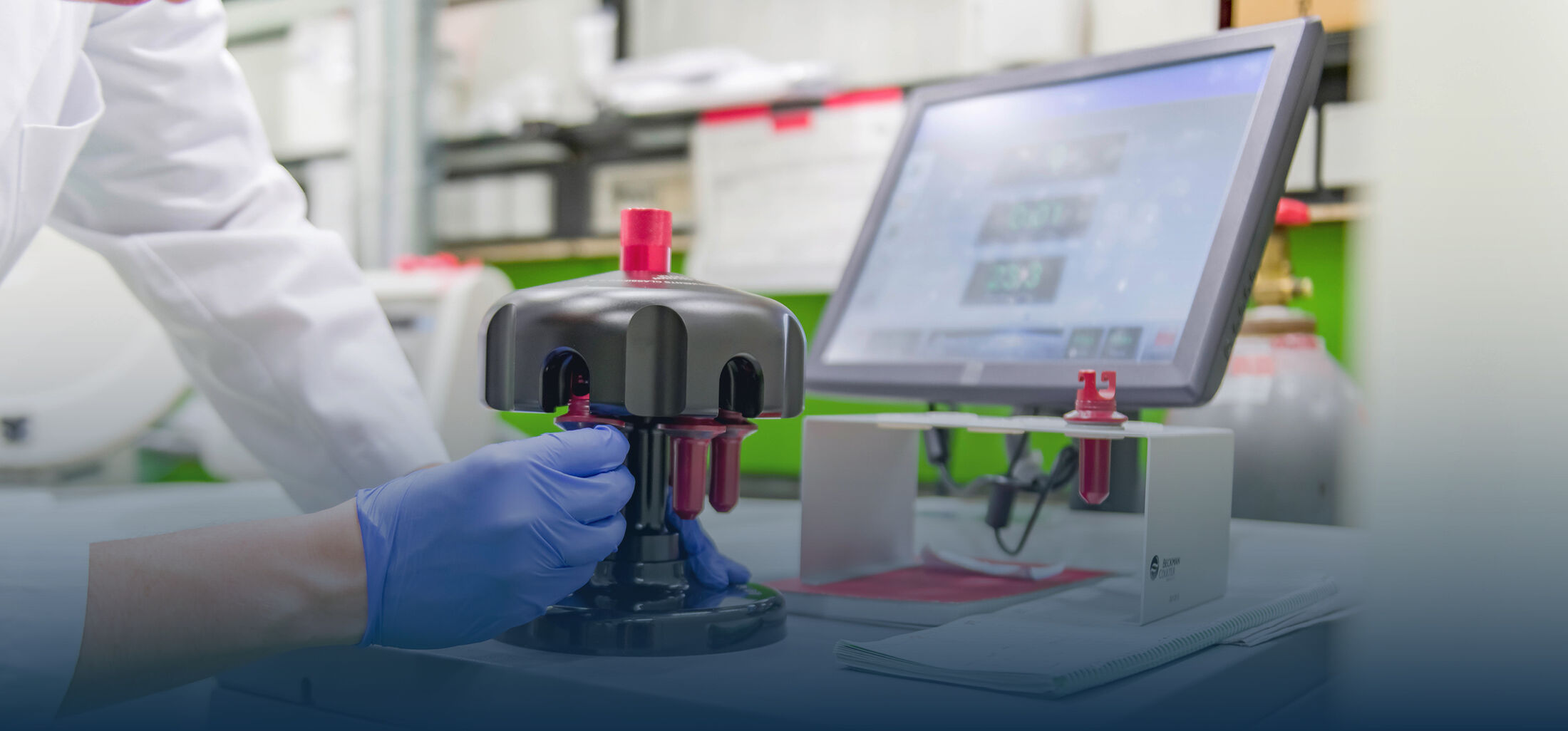Institute
The nucleus undergoes remarkable structural and functional re-organizations during cell division. In animal cells the nuclear envelope breaks down at the beginning of mitosis: the chromatin massively condenses to rod-shaped chromosomes and the mitotic spindle assembles to segregate the hereditary information equally to the both emerging daughter cells – processes which have been and still are intensively studied in many laboratories. Much less is known how at the end of mitosis the interphase state of the nucleus is re-established. Cytological, the segregated chromatin decondenses and a nuclear envelope reassembles around the chromatin in order to establish the separation between cytoplasm and nuclear interior. Using a combination of biochemical and cell biological approaches we define the molecular basis of these processes. We study chromatin decondensation at the end of mitosis and the reassembly of the transport gates within the nuclear envelope, nuclear pore complexes, and how defects in this process give rise to very particular pathologies. Finally, using minimal membrane systems we determine how viruses pass through the nuclear envelope during infection.
The metazoan nucleus undergoes dramatic structural and functional changes during the cell cycle
Chromatin (blue) condenses during entry into mitosis and the nuclear envelope breaks down so that the mitotic spindle can form. After chromosome segregation, the nuclear envelope including pore complexes reforms. Nuclear pore complexes or precursors are shown in orange and red, microtubules in green.
We are always interested in recruiting motivated new team members who have a keen interest in the mechanisms of nuclear pore complex formation and function, chromatin decondensation and/or membrane biology. Candidates should have a general interest and background in cell biology and/or biochemistry.
We have positions for undergraduates, M.D. or Ph.D. students, as well as postdocs. PhD students will be part of the Biomedical Graduate School Aachen.




